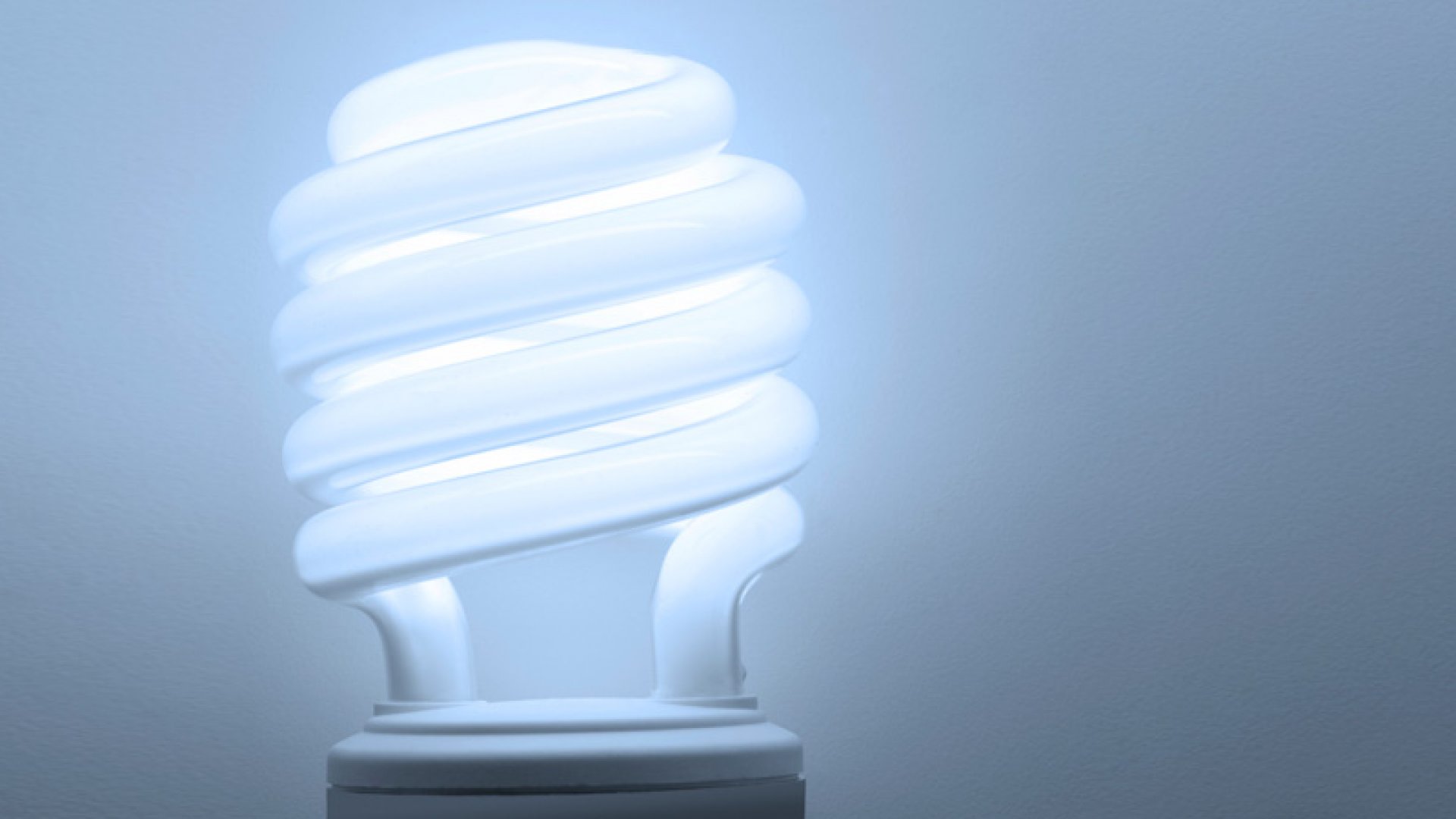

Articles
What Is An E27 Light Bulb
Modified: January 4, 2024
Learn all about E27 light bulbs in this comprehensive article. Discover their features, benefits, and how they compare to other types of light bulbs.
(Many of the links in this article redirect to a specific reviewed product. Your purchase of these products through affiliate links helps to generate commission for Storables.com, at no extra cost. Learn more)
Introduction
Lighting plays an essential role in our everyday lives, providing us with illumination and creating a warm and inviting atmosphere. With the advancement of technology, there are now various types of light bulbs available in the market, each designed for specific purposes. One popular type is the E27 light bulb, known for its versatility and widespread use.
The E27 light bulb, also known as an Edison screw bulb, is a standard-sized light bulb that has an E27 screw base. This type of bulb is widely used in residential, commercial, and industrial settings due to its compatibility with a wide range of fixtures. In this article, we will explore what an E27 light bulb is, its features and specifications, common uses, advantages and disadvantages, comparison with other types of light bulbs, and how to install and maintain it.
Key Takeaways:
- The E27 light bulb, also known as the Edison screw bulb, is a versatile and widely used lighting option suitable for residential, commercial, and industrial spaces. Its standard-sized screw-in base offers easy compatibility with a wide range of fixtures, making it a popular choice among consumers.
- E27 light bulbs come in various types, including incandescent, fluorescent, halogen, and LED, offering different levels of energy efficiency, brightness, and color temperature options. LED E27 bulbs are particularly known for their energy efficiency, long lifespan, and eco-friendly features, making them a cost-effective and sustainable lighting solution.
Read also: 9 Best E27 LED Bulb for 2024
Definition of E27 Light Bulb
The E27 light bulb is a type of lamp that is characterized by its screw-in base known as the Edison screw base. The “E” in E27 stands for Edison and “27” refers to the diameter of the screw base in millimeters. This type of bulb is commonly used in households, offices, and other commercial spaces due to its wide compatibility and availability.
The E27 light bulb is part of the Edison screw socket system, which was developed by Thomas Edison, the renowned inventor of the incandescent light bulb. The Edison screw base design was patented in the late 19th century and has remained a standard in the lighting industry ever since. The E27 base has a threaded metal base with a contact at the bottom, which connects to the electrical circuit when screwed into a compatible socket.
One distinctive feature of E27 light bulbs is their ease of installation. The screw-in base allows for quick and secure attachment to fixtures, making it a popular choice among consumers. Additionally, the E27 base is compatible with a wide range of socket types, including traditional lamp holders, pendant lights, ceiling fixtures, table lamps, and floor lamps.
E27 light bulbs come in a variety of shapes, sizes, and wattages, allowing users to choose the one that best suits their needs. These bulbs can be found in various incandescent, fluorescent, halogen, and LED options, offering different levels of brightness, color temperatures, and energy efficiency.
Overall, the E27 light bulb stands as a versatile and widely used lighting solution due to its compatibility and convenience. Its simple installation process and wide range of available options make it a popular choice for both residential and commercial lighting applications.
Features and Specifications of E27 Light Bulb
The E27 light bulb is known for its numerous features and specifications that make it a popular lighting choice. Understanding these features and specifications can help users make informed decisions when selecting and using E27 light bulbs.
1. Size: The E27 light bulb has a standard size, with the diameter of the screw base measuring 27 millimeters. This size allows for easy compatibility with a wide range of fixtures.
2. Socket Type: As the name suggests, the E27 light bulb uses the Edison screw base, which ensures a secure and reliable connection to the socket. The screw base also enables easy installation and removal of the bulb.
3. Bulb Types: E27 light bulbs are available in various types, including incandescent, fluorescent, halogen, and LED. Each type offers different levels of energy efficiency, brightness, and color temperature options.
4. Wattage: E27 light bulbs come in different wattages, ranging from low wattages for soft ambient lighting to higher wattages for more focused and brighter illumination. Users can choose the appropriate wattage based on their lighting needs.
5. Color Temperature: E27 light bulbs are available in different color temperatures, measured in Kelvin (K). Lower Kelvin values produce warm and cozy light, while higher values emit cool and bright light. Users can select the desired color temperature to create the desired ambiance.
6. Energy Efficiency: LED E27 light bulbs are known for their energy efficiency, consuming much less power compared to traditional incandescent bulbs. This translates to cost savings and a reduced carbon footprint.
7. Durability: E27 light bulbs are designed to be long-lasting and resistant to shock and vibration. LED E27 bulbs, in particular, have a longer lifespan compared to incandescent bulbs, reducing the frequency of replacements.
8. Dimmable Options: Some E27 light bulbs are designed to be dimmable, allowing users to adjust the brightness according to their preferences and mood. This feature is especially useful for creating a cozy and relaxing atmosphere.
9. Compatibility: The E27 light bulb is highly compatible with a wide range of fixtures, including ceiling lights, lamps, pendant lights, and wall sconces. This versatility makes it easy to incorporate E27 bulbs into existing lighting setups.
10. Environmentally Friendly: LED E27 light bulbs are eco-friendly as they do not contain harmful materials like mercury and do not emit harmful ultraviolet (UV) or infrared (IR) radiation.
By considering these features and specifications, users can choose the right E27 light bulb that meets their specific lighting requirements, energy efficiency goals, and aesthetic preferences.
Common Uses of E27 Light Bulb
The E27 light bulb finds extensive use in various settings due to its versatility and compatibility. Let’s explore some of the common applications where E27 light bulbs are commonly used:
1. Residential Lighting: E27 light bulbs are frequently found in homes, illuminating living spaces such as bedrooms, living rooms, dining rooms, and kitchens. They are used in ceiling fixtures, table lamps, floor lamps, and wall sconces, allowing homeowners to create ambient and task lighting.
2. Commercial Lighting: E27 light bulbs are widely used in commercial spaces such as offices, retail stores, restaurants, and hotels. They can be installed in track lighting, pendant lights, and recessed fixtures, providing bright and efficient lighting for a productive and welcoming environment.
3. Industrial Lighting: E27 light bulbs are suitable for industrial settings, including warehouses, factories, and workshops. These bulbs provide powerful and durable lighting solutions, ensuring adequate visibility for safety and productivity.
4. Outdoor Lighting: E27 light bulbs are used in outdoor fixtures such as post lights, garden lights, and security lights. They are designed to withstand harsh weather conditions and provide reliable illumination for outdoor spaces.
5. Retail Displays: E27 light bulbs are commonly used in retail settings to highlight product displays and attract customers’ attention. They are often used in track lighting systems, allowing precise positioning and adjustable illumination.
6. Event Lighting: E27 light bulbs are used to create the desired atmosphere in various events, such as weddings, parties, and exhibitions. They can be incorporated into decorative fixtures, string lights, or pendant clusters, adding a festive and inviting ambiance.
7. Hospitality Lighting: E27 light bulbs are extensively used in the hospitality industry, including hotels, restaurants, cafes, and bars. They are employed in various fixtures to provide both functional lighting and aesthetic appeal.
8. Art Gallery Lighting: E27 light bulbs with adjustable color temperature are often used in art galleries and museums to display artworks under optimal conditions. The bulbs can be adjusted to provide the appropriate lighting to showcase the colors and details of the artwork effectively.
9. Education Facilities: E27 light bulbs can be found in educational institutions such as schools and universities. They are used in classrooms, libraries, laboratories, and other spaces to ensure well-lit environments conducive to learning.
10. Interior Design: Home decorators and interior designers often incorporate E27 light bulbs into their projects to create the desired lighting effects and enhance the overall aesthetics of the space.
These are just some of the common applications where E27 light bulbs are widely used. Their compatibility, versatility, and range of available options make them suitable for various lighting needs, both indoors and outdoors.
Advantages and Disadvantages of E27 Light Bulb
Like any other lighting option, the E27 light bulb has its own set of advantages and disadvantages. Understanding these can help users make well-informed decisions when choosing the right lighting solution. Let’s explore the pros and cons of E27 light bulbs:
Advantages:
- Versatility: E27 light bulbs are highly versatile, compatible with a wide range of fixtures and lighting setups. This makes it easy to incorporate them into existing lighting systems or switch them out when needed.
- Easy Installation: The screw-in design of the E27 light bulb allows for quick and hassle-free installation. Users can simply twist the bulb into the socket without the need for additional tools or complicated procedures.
- Wide Availability: E27 light bulbs are widely available in various shapes, sizes, wattages, and types. Users can easily find them in local stores or online retailers, ensuring easy accessibility and availability.
- Compatibility: The E27 light bulb is compatible with a range of fixtures, including ceiling lights, lamps, and wall sconces. This compatibility provides users with flexibility and options when it comes to lighting design and placement.
- Energy Efficiency: LED E27 light bulbs are known for their energy efficiency, consuming significantly less energy compared to traditional incandescent bulbs. This can result in cost savings in the long run and contributes to a greener environment.
- Durability: E27 light bulbs, especially LED bulbs, have a long lifespan and are resistant to shock and vibration. This means less frequent replacements and reduced maintenance costs.
- Dimmable Options: Some E27 light bulbs are designed to be dimmable, allowing users to adjust the brightness to create different moods and ambiance settings.
Disadvantages:
- Heat Generation: Traditional incandescent E27 light bulbs can generate a significant amount of heat, which can be a concern in some applications. However, this is less of an issue with LED or fluorescent E27 bulbs, as they generate much less heat.
- Higher Initial Cost: While LED E27 bulbs are energy-efficient and have a longer lifespan, they generally have a higher upfront cost compared to traditional incandescent bulbs. However, the energy savings and longer lifespan often make up for the initial investment.
- Specific Socket Compatibility: While E27 bulbs are compatible with a wide range of fixtures, some specialized fixtures may require different socket types. It is important to check the required socket type before purchasing E27 bulbs.
- Light Output Limitations: The light output of an E27 bulb may not be as high as other types of bulbs, such as a fluorescent or high-intensity discharge (HID) bulb. This limitation may impact the brightness level required for specific applications.
By considering these advantages and disadvantages, users can determine if the E27 light bulb is the right choice for their specific lighting needs. It is important to weigh these factors and consider the intended application, energy efficiency requirements, and budget constraints before making a decision.
When choosing an E27 light bulb, make sure to check the wattage and lumens to ensure it provides the right amount of light for your space. Also, consider the color temperature for the desired ambiance.
Read also: 15 Best E27 Light Socket for 2024
Comparison with Other Types of Light Bulbs
When it comes to choosing the right light bulb, it’s important to consider the different options available in the market. Here, we will compare the E27 light bulb with other popular types of light bulbs to help you understand the differences and make an informed decision:
1. E27 Light Bulb vs. Incandescent Bulb:
E27 light bulbs and incandescent bulbs are similar in terms of their base type, but they differ significantly in terms of energy efficiency and lifespan. Incandescent bulbs are known for their warm light, but they consume more energy and have a shorter lifespan compared to E27 bulbs. E27 LED bulbs provide the same warm light while consuming significantly less energy and lasting much longer.
2. E27 Light Bulb vs. Compact Fluorescent Lamp (CFL):
CFL bulbs are known for their energy efficiency, but they require a specific socket type and take some time to reach full brightness. E27 bulbs, including LED options, offer instant and full brightness while consuming similar or even less energy. They also have a longer lifespan and are more environmentally friendly as they don’t contain mercury like CFL bulbs.
3. E27 Light Bulb vs. GU10 Bulb:
The GU10 bulb is another popular lighting option, featuring a twist and lock base. While GU10 bulbs are commonly used in track lighting and accent lighting, E27 bulbs offer more versatility in terms of fixture compatibility and available options in terms of wattage, color temperature, and bulb type. E27 bulbs are also easier to install and replace due to their screw-in base.
4. E27 Light Bulb vs. MR16 Bulb:
MR16 bulbs are typically used in low-voltage lighting systems, such as track lighting and landscape lighting. E27 bulbs are more commonly used in standard voltage applications. While MR16 bulbs provide focused and directional lighting, E27 bulbs offer a wider range of options and are popular for general lighting purposes in a variety of settings.
5. E27 Light Bulb vs. T8 Fluorescent Tube:
T8 fluorescent tubes are commonly used in commercial and industrial settings for general lighting purposes. While T8 tubes are efficient and offer good lighting coverage, they require specialized fixtures and ballasts. E27 bulbs provide a similar level of lighting coverage, are more versatile, and can be easily installed or replaced in a wide range of standard fixtures.
Ultimately, the choice between E27 light bulbs and other types of bulbs depends on the specific requirements of the lighting application, energy efficiency goals, and personal preferences. By comparing the features and characteristics of different bulbs, you can make an informed decision that best meets your needs.
How to Install and Replace an E27 Light Bulb
Installing and replacing an E27 light bulb is a straightforward process that can be easily done by following a few simple steps. Here is a step-by-step guide on how to install and replace an E27 light bulb:
1. Ensure Safety: Before starting the installation or replacement process, make sure that the power to the fixture is turned off. This will prevent any potential electrical accidents or shocks.
2. Choose the Right Bulb: Select the appropriate E27 light bulb based on your lighting needs, desired brightness, and color temperature preferences. Ensure that the wattage of the bulb is compatible with the fixture and does not exceed the maximum wattage stated by the manufacturer.
3. Remove the Old Bulb: If you are replacing an existing bulb, carefully unscrew it in a counterclockwise direction to remove it from the socket. Gently pull the bulb out from the fixture, being cautious not to twist or force it.
4. Prepare the New Bulb: If the new bulb has packaging, remove it and inspect the bulb for any signs of damage. Ensure that the base of the new bulb is clean and free from any debris or dust particles.
5. Align and Insert the Bulb: Take the new E27 light bulb and align the threaded base with the socket. Gently insert the bulb into the socket, applying even pressure while turning it clockwise. Continue twisting until the bulb is securely in place.
6. Test the Bulb: Once the new bulb is properly installed, turn on the power to the fixture and switch it on. Confirm that the bulb is functioning correctly and providing the desired illumination.
7. Dispose of the old Bulb: If you have replaced an old incandescent or halogen bulb, be sure to handle it carefully and dispose of it properly. These bulbs may contain hazardous materials and should be recycled or disposed of according to local regulations.
Note: It is always recommended to consult the manufacturer’s instructions or seek professional assistance if you are unsure about the installation process or if you encounter any difficulties.
By following these simple steps, you can easily install and replace an E27 light bulb in a safe and efficient manner. Remember to handle the bulbs with care and choose the appropriate wattage and type to ensure optimal performance and longevity.
Maintenance and Care Tips for E27 Light Bulbs
Proper maintenance and care can help extend the lifespan and ensure the optimal performance of E27 light bulbs. Here are some useful tips to keep in mind:
1. Turn off the Power: Before performing any maintenance or cleaning, always turn off the power to the fixture to prevent electrical accidents or shocks.
2. Allow Bulbs to Cool: If you need to replace a bulb or perform any maintenance, allow the bulb to cool down completely before handling it. Touching a hot bulb can result in burns.
3. Handle Bulbs with Care: When installing, removing, or cleaning E27 light bulbs, always handle them with care. Avoid excessive force or twisting, as it can damage the bulb or socket.
4. Regular Dusting and Cleaning: Dust and debris can accumulate on the surface of the bulb, reducing its brightness. Regularly dust the bulb using a soft, dry cloth or use a bulb cleaning brush to remove any debris. Avoid using water or liquid cleaners, as they can damage the bulb or cause electrical hazards.
5. Avoid Touching the Glass Surface: Fingerprints and oils from your skin can leave marks on the glass surface of the bulb, affecting its performance. If you accidentally touch the glass, clean it with a soft, lint-free cloth before installing the bulb.
6. Short Usage Intervals: If you frequently turn the bulb on and off within short intervals, it can reduce its lifespan. Try to avoid unnecessary switching on and off to prolong the life of the bulb.
7. Check for Loose Connections: Periodically inspect the socket and connections to ensure they are secure. Loose connections can cause flickering or intermittent illumination.
8. Replace Faulty Bulbs: If you notice any signs of damage, such as cracks, dark spots, or flickering, replace the bulb immediately. Faulty bulbs can pose a fire hazard or cause electrical issues.
9. Consider Dimmable Options: If you have dimmable fixtures, use dimmable E27 bulbs and adjust the brightness as needed. This can extend the lifespan of the bulb and provide energy savings.
10. Regularly Inspect Fixtures: Apart from maintaining the bulbs, regularly inspect the fixtures for any signs of damage or wear. Ensure that the fixtures are clean, stable, and in good condition to avoid any potential hazards.
By following these maintenance and care tips, you can ensure that your E27 light bulbs remain in good working condition, providing optimal lighting performance for an extended period.
Conclusion
The E27 light bulb, also known as the Edison screw bulb, is a versatile and widely used lighting option that provides illumination for residential, commercial, and industrial spaces. With its standard-sized screw-in base, the E27 bulb offers easy compatibility with a wide range of fixtures, making it a popular choice among consumers.
Throughout this article, we have discussed the definition, features, and specifications of the E27 light bulb. We explored its common uses in various settings, including residential, commercial, and outdoor applications. Additionally, we examined the advantages and disadvantages of E27 bulbs, comparing them with other types of light bulbs available in the market.
We also provided a helpful guide on how to install and replace E27 light bulbs, emphasizing safety precautions and proper handling techniques. Furthermore, we shared maintenance and care tips to ensure the longevity and optimal performance of E27 bulbs.
In conclusion, the E27 light bulb offers a reliable and versatile lighting solution for a wide range of applications. Its ease of installation, compatibility, and availability in different types and wattages make it a popular choice among consumers. By following proper maintenance and care practices, users can enhance the bulb’s lifespan and maintain its efficiency over time.
Whether you’re looking to light up your home, office, or any other space, the E27 light bulb provides a cost-effective and efficient lighting solution that meets various lighting needs. Consider the unique specifications and features of E27 bulbs to find the perfect lighting solution for your specific requirements.
Frequently Asked Questions about What Is An E27 Light Bulb
Was this page helpful?
At Storables.com, we guarantee accurate and reliable information. Our content, validated by Expert Board Contributors, is crafted following stringent Editorial Policies. We're committed to providing you with well-researched, expert-backed insights for all your informational needs.
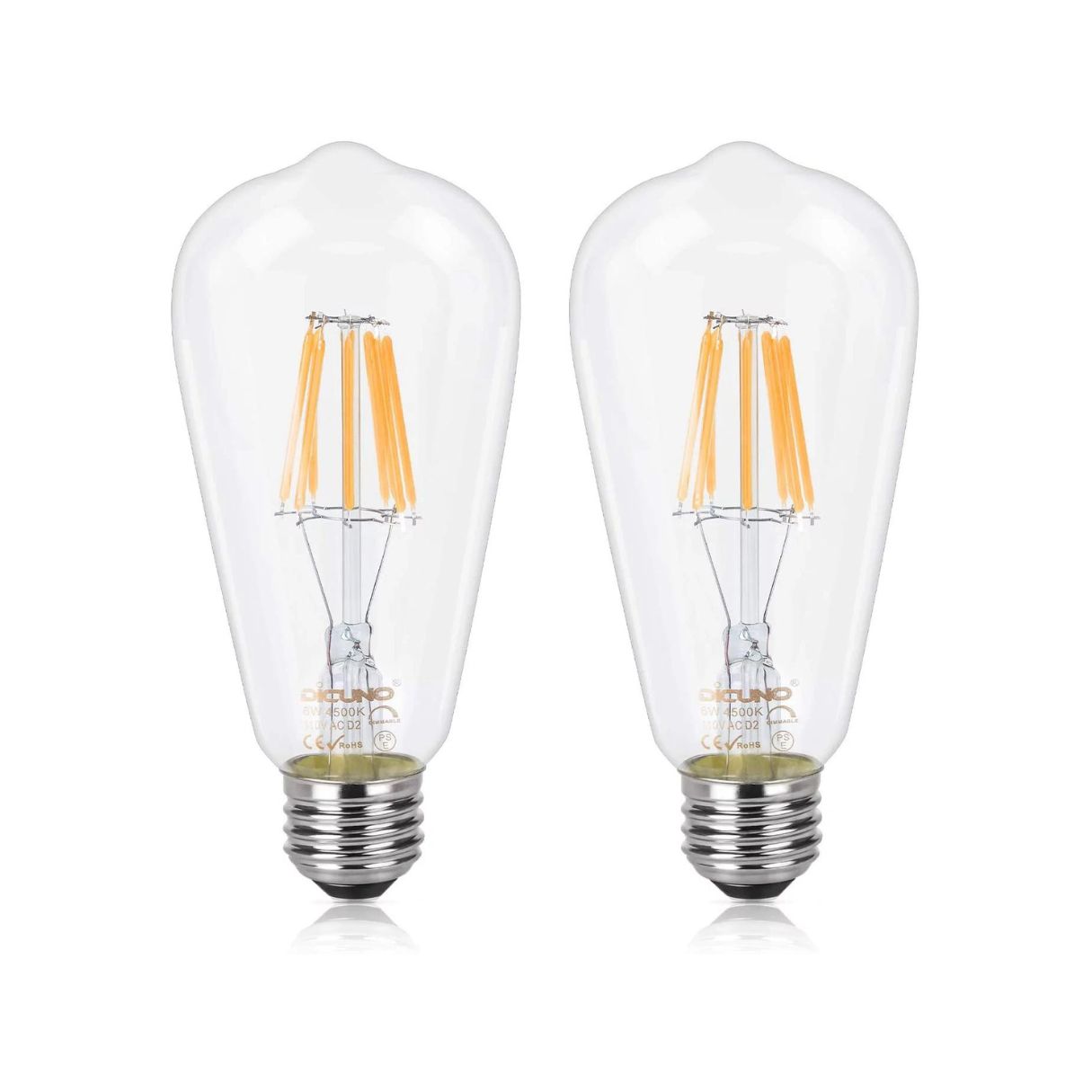

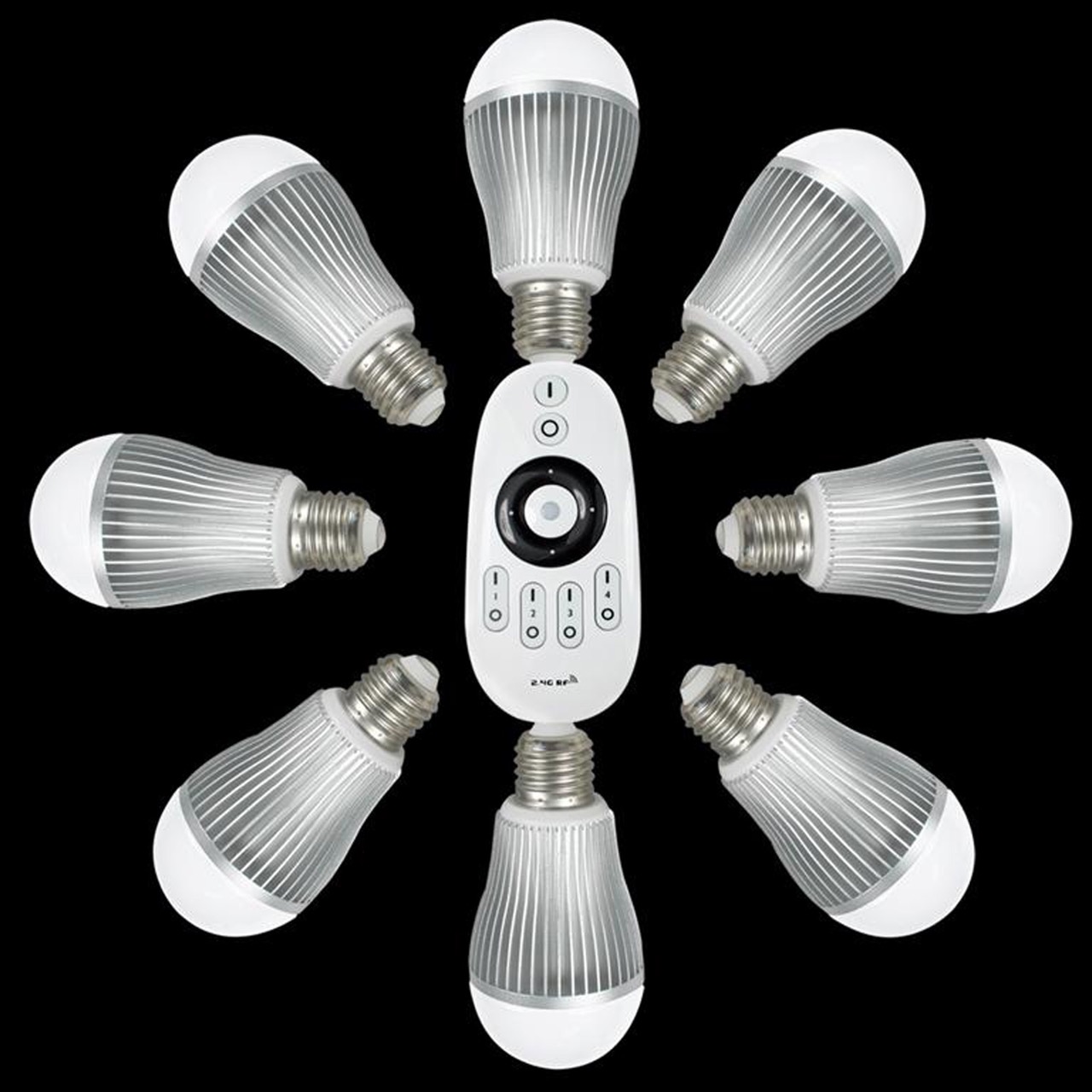
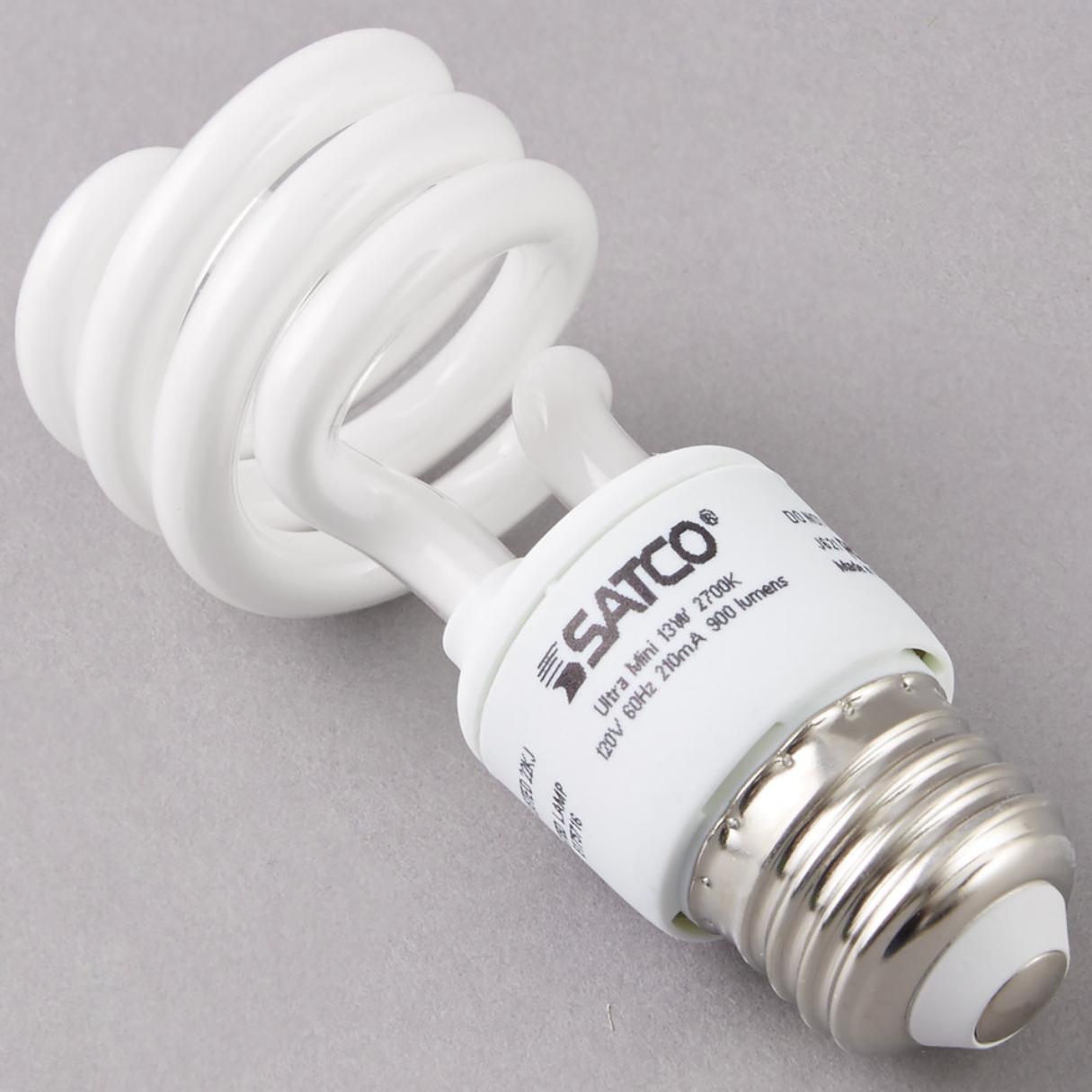
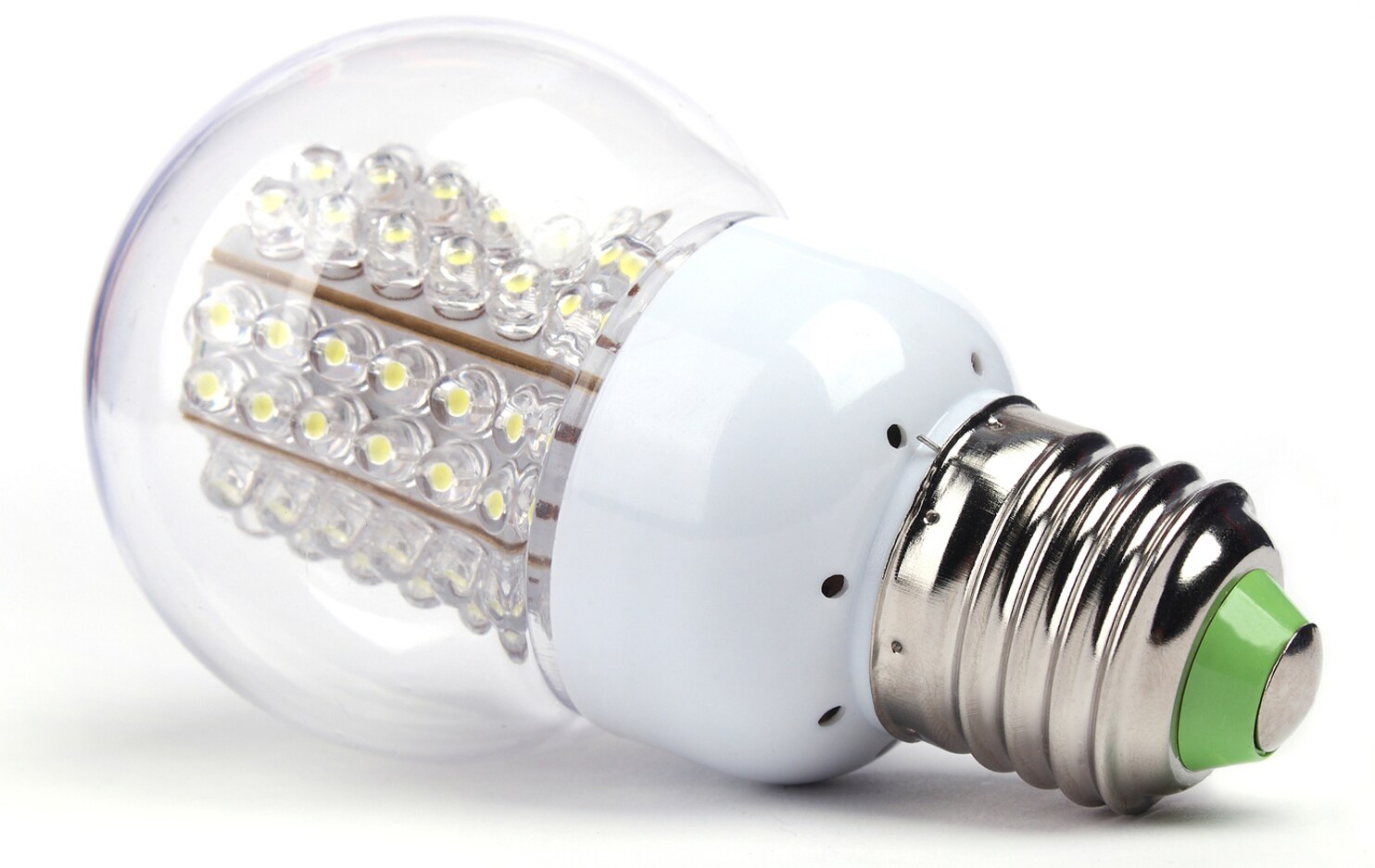
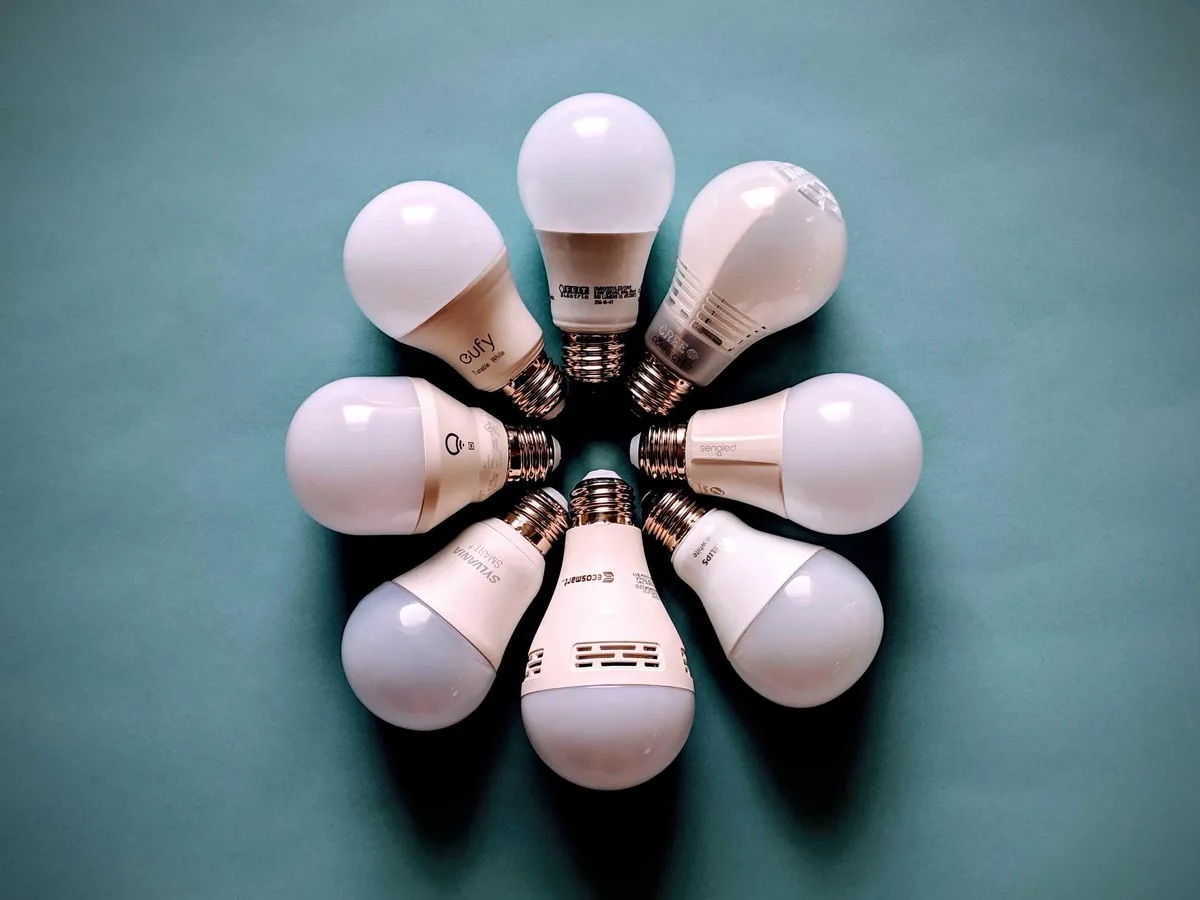
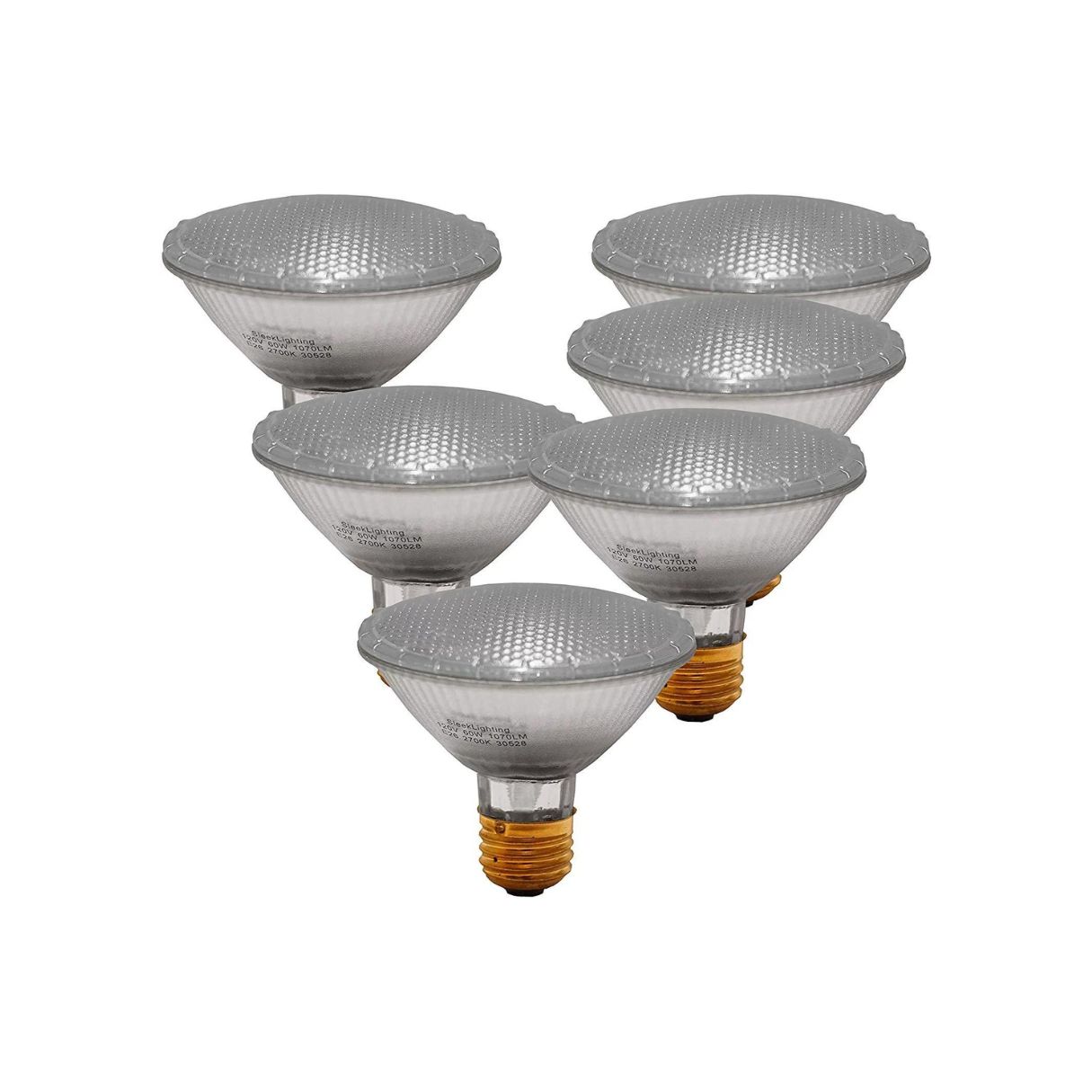

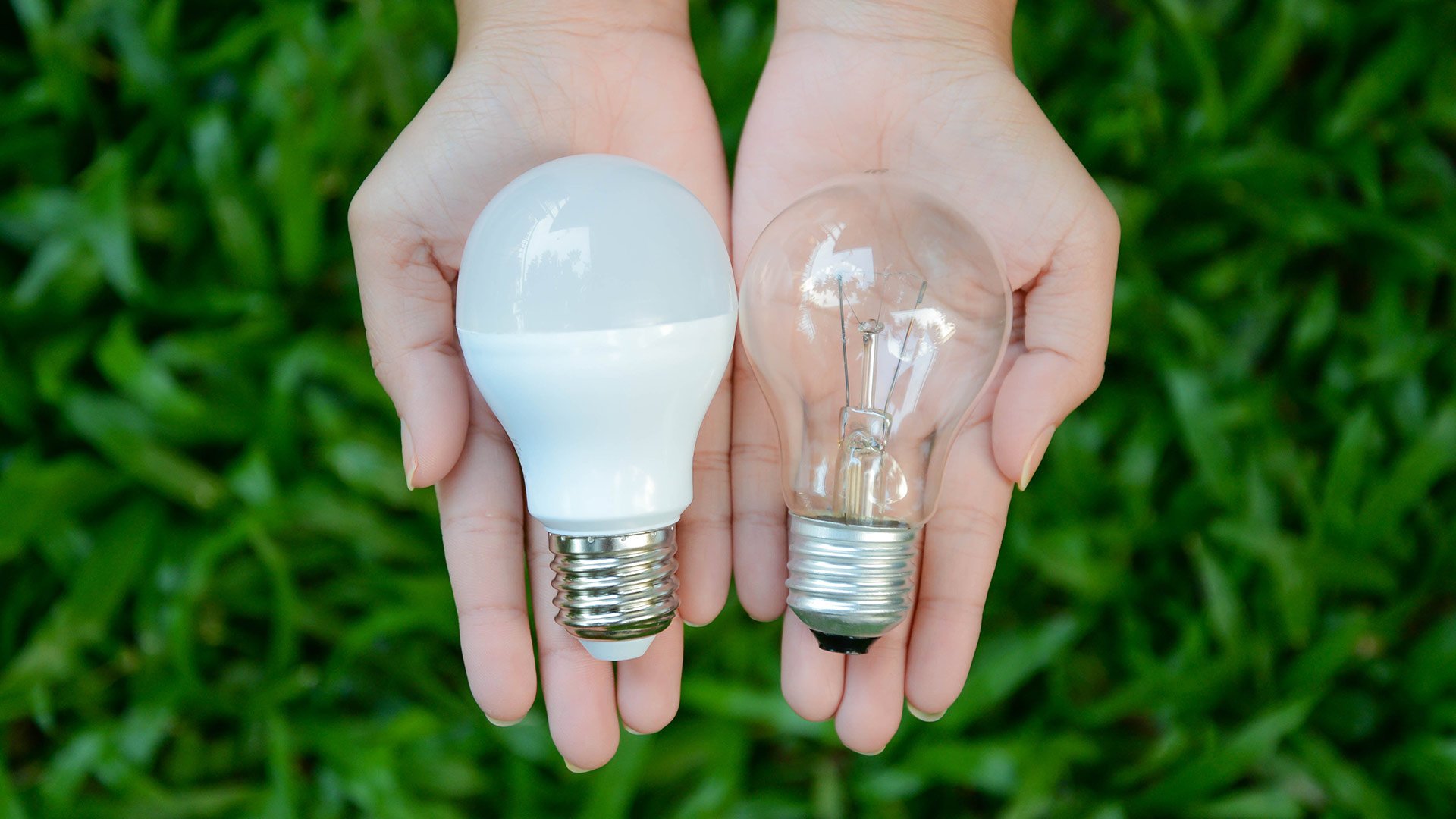
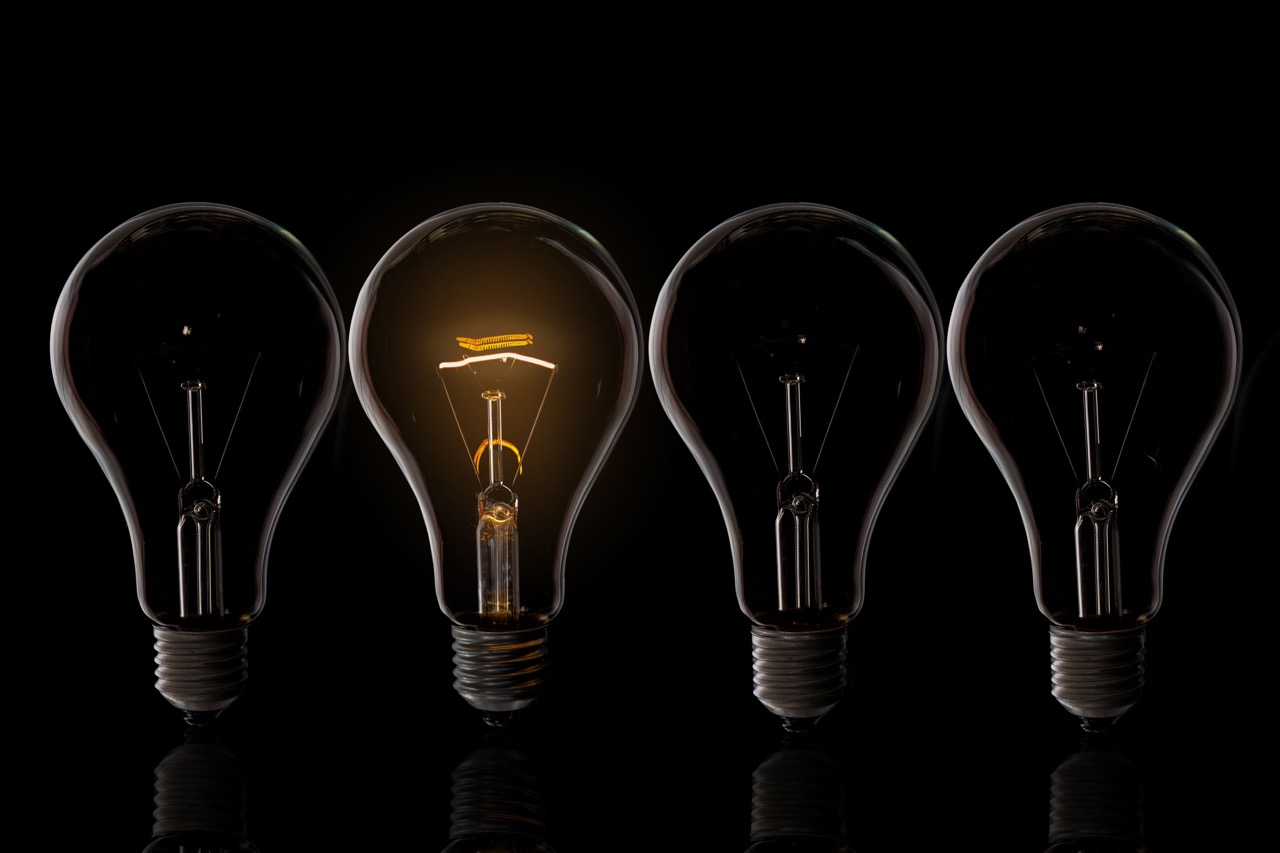
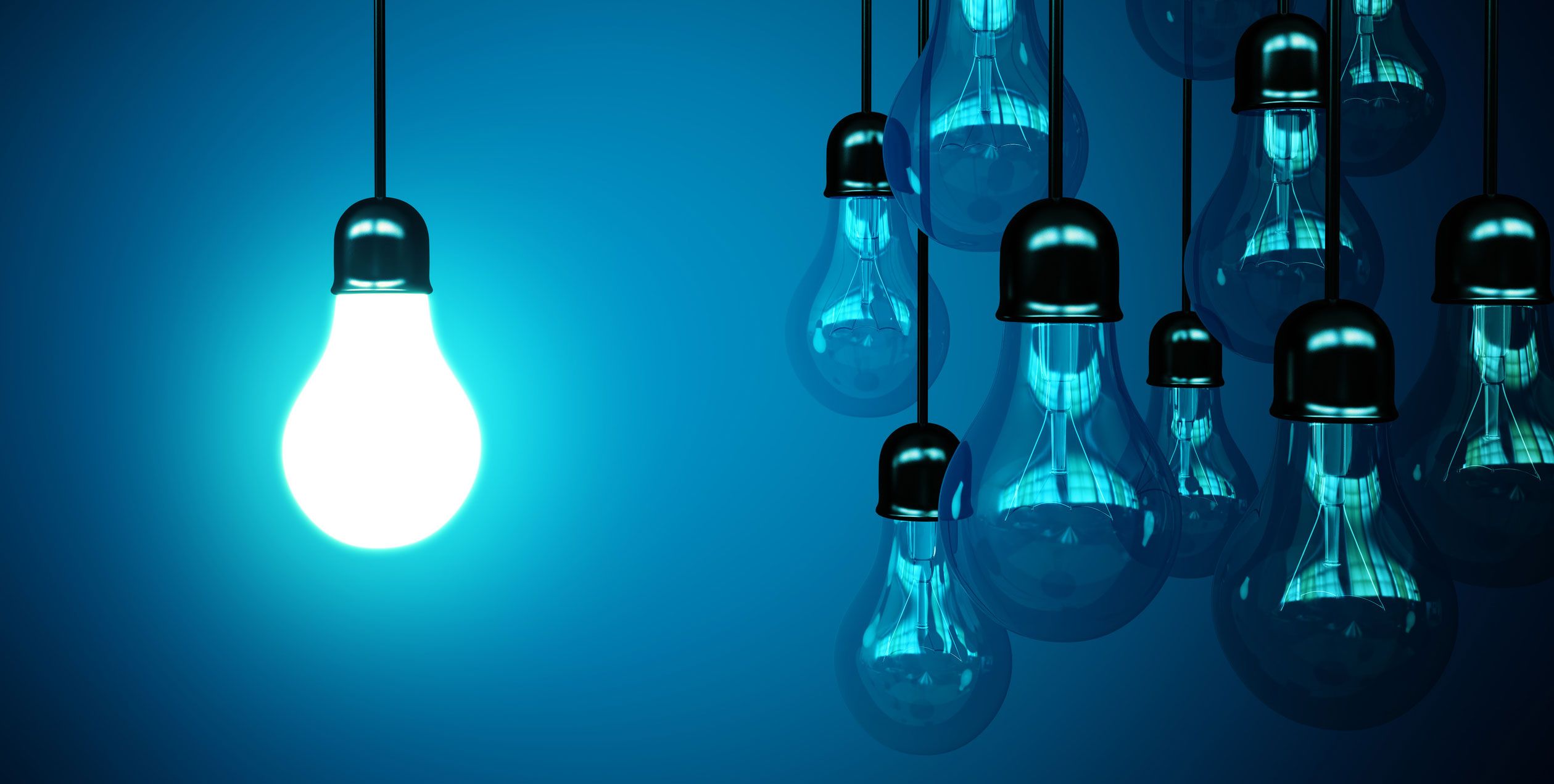
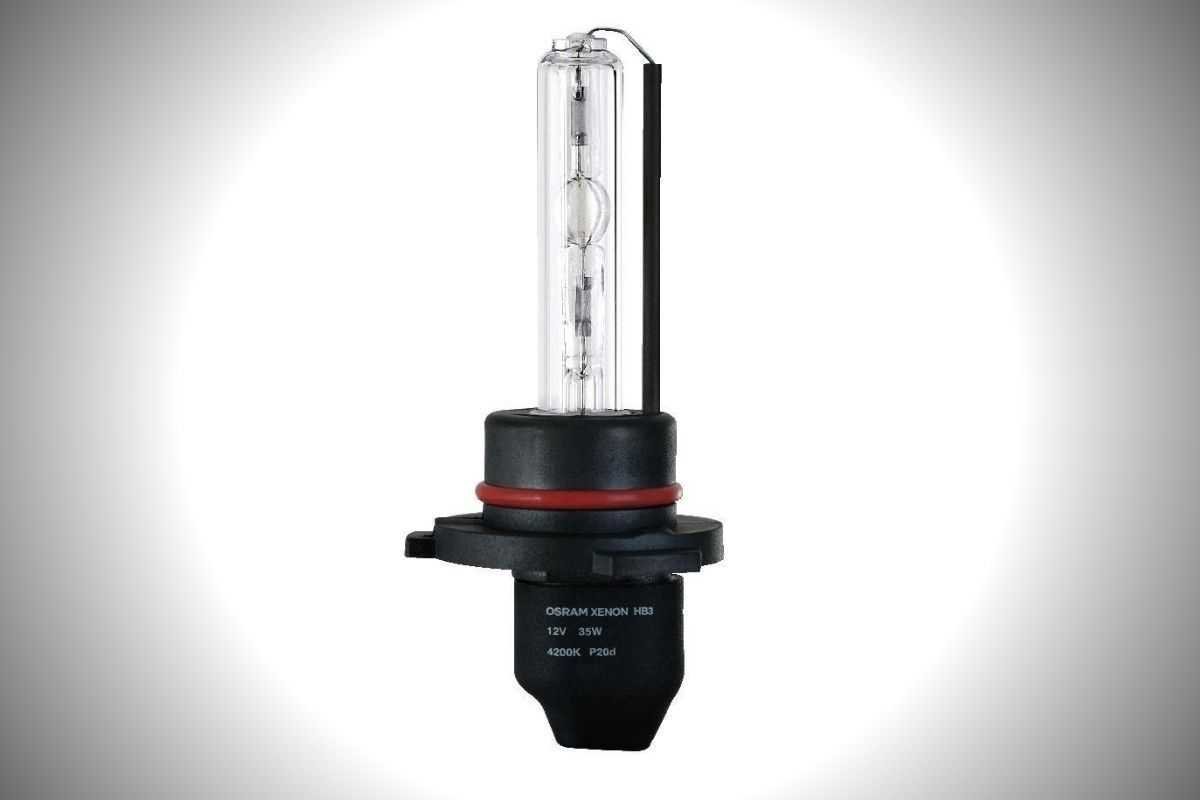
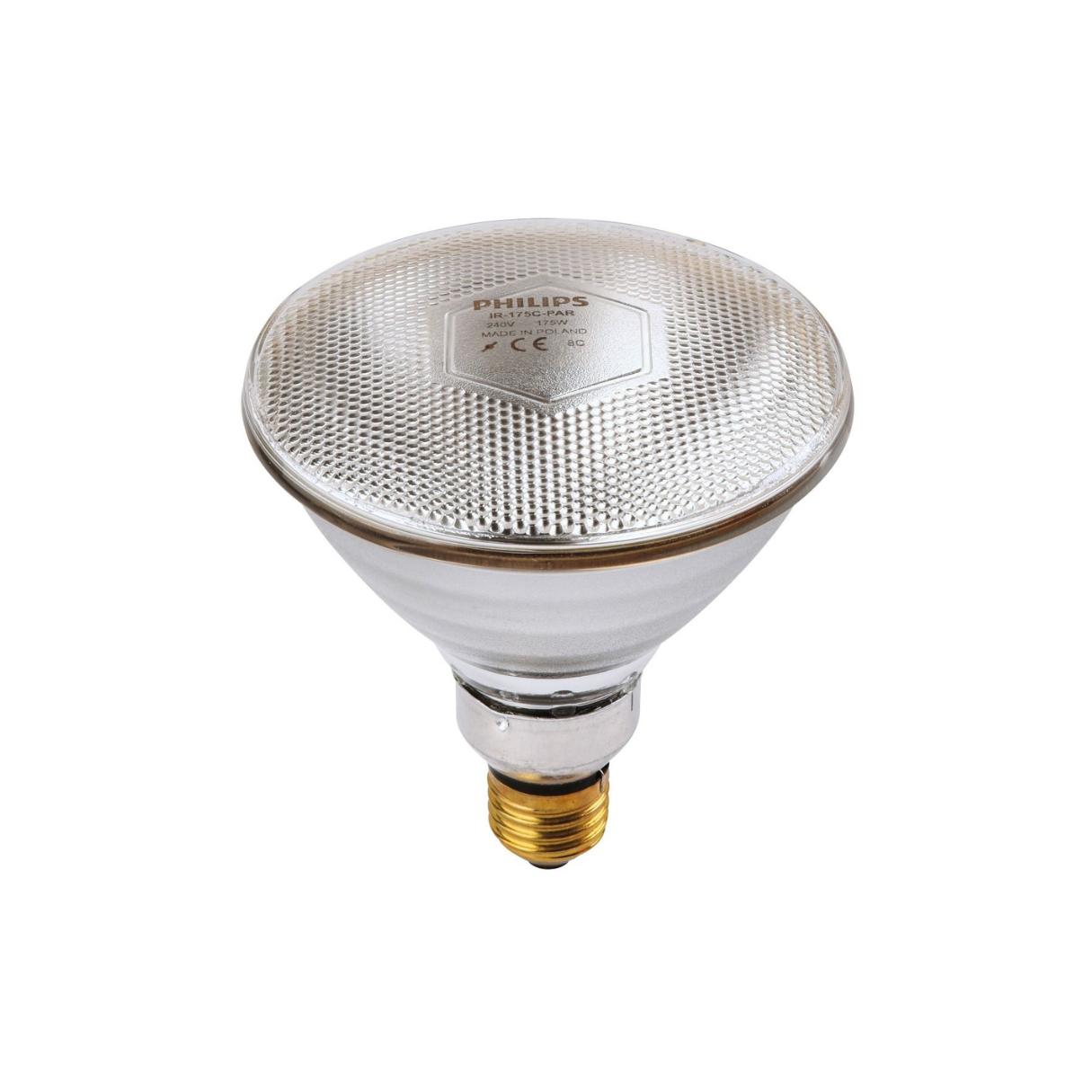
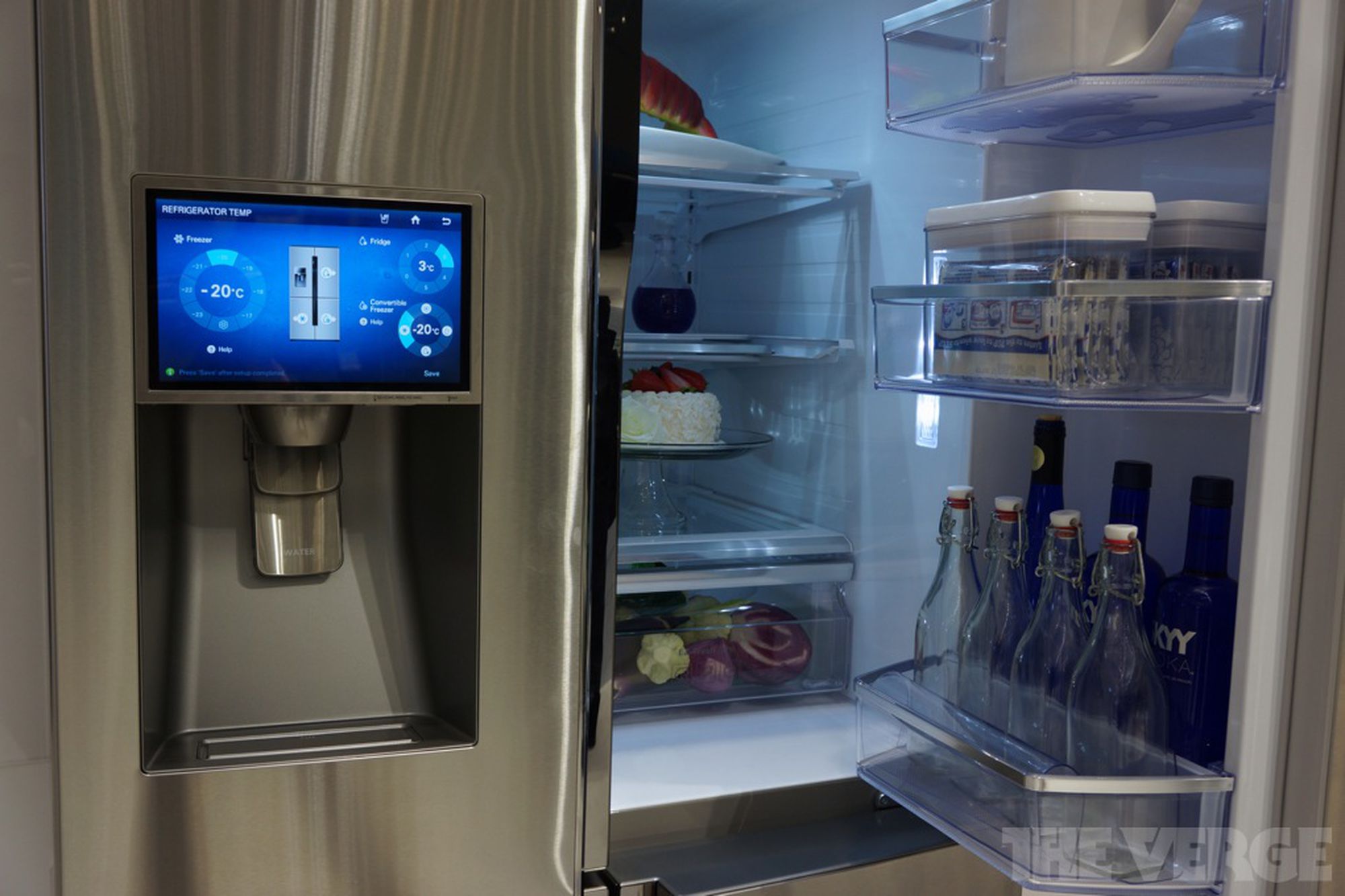

0 thoughts on “What Is An E27 Light Bulb”